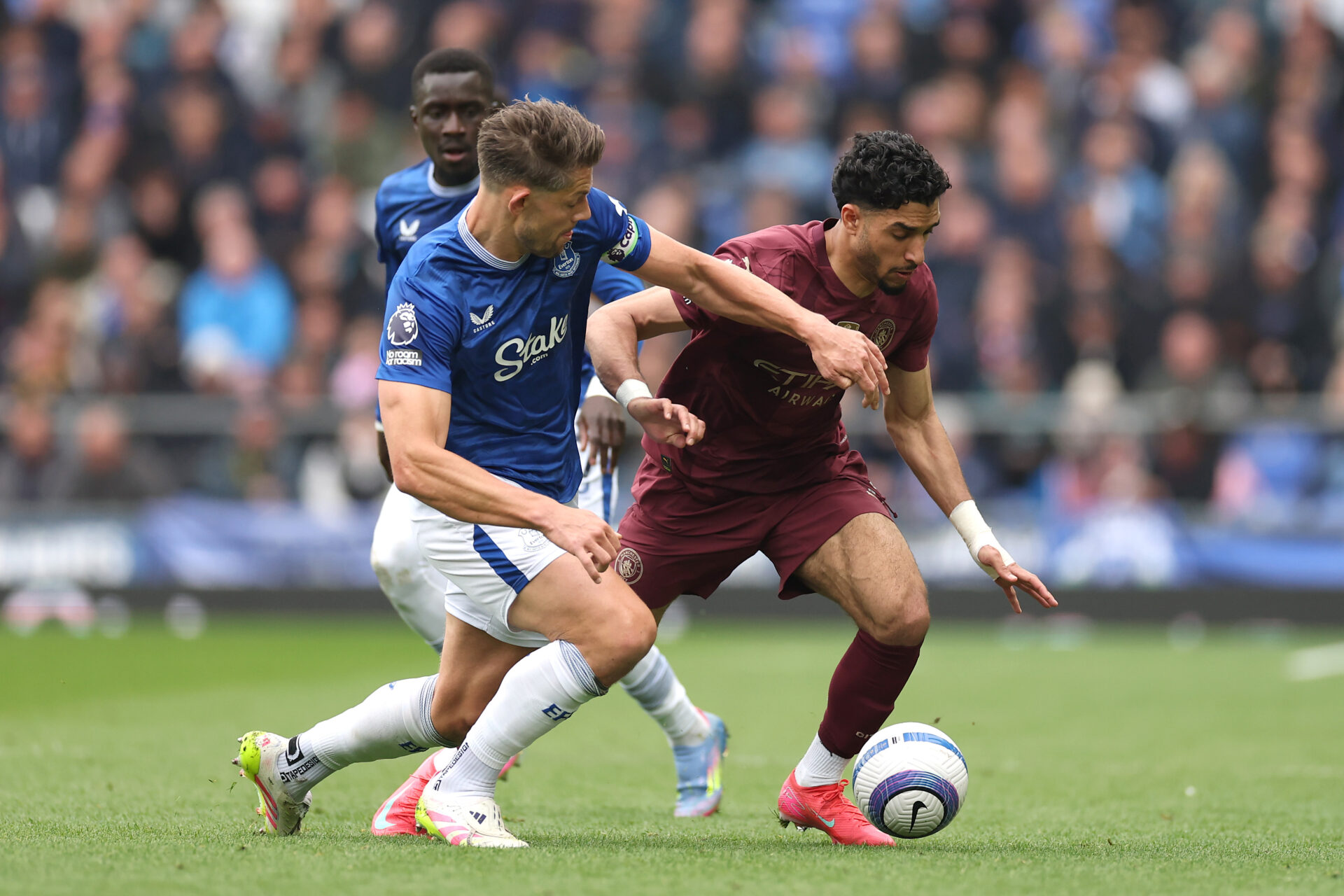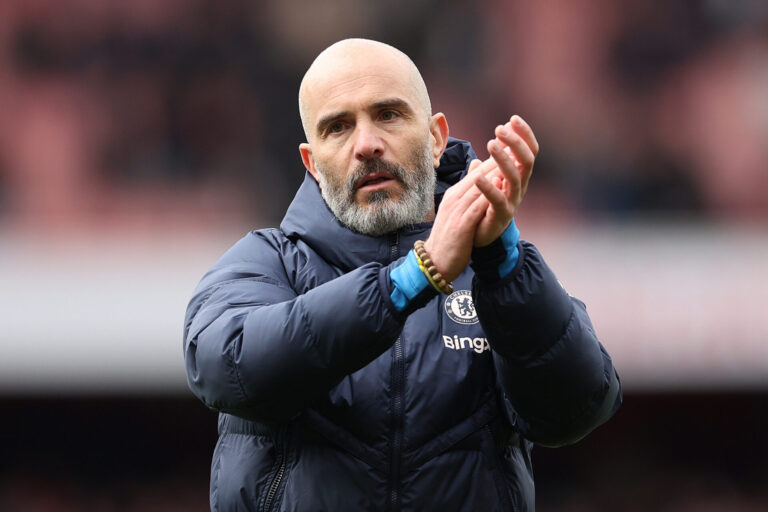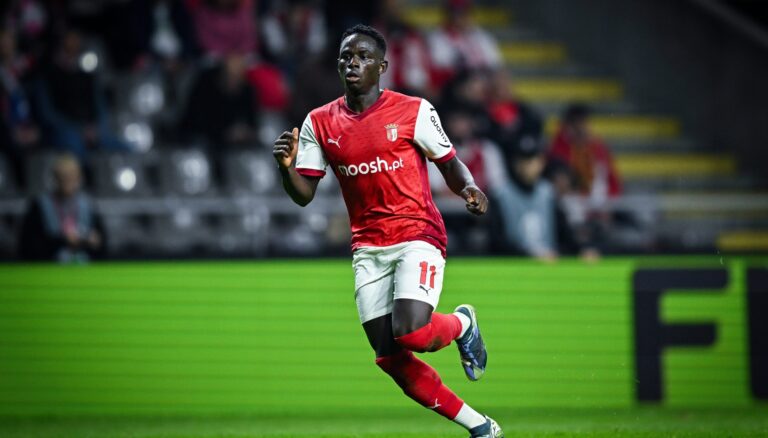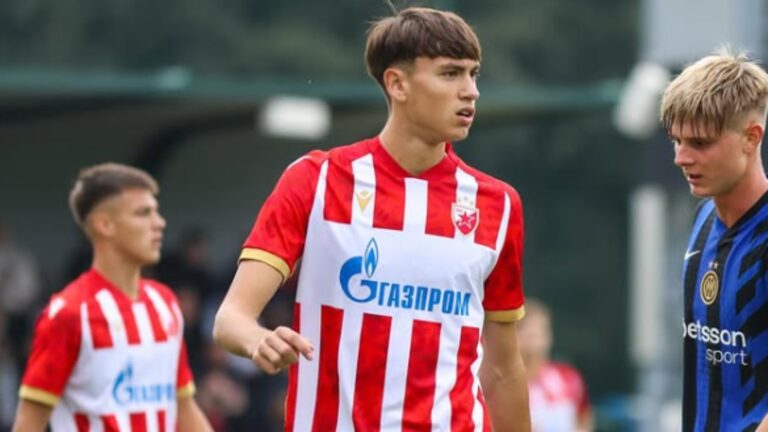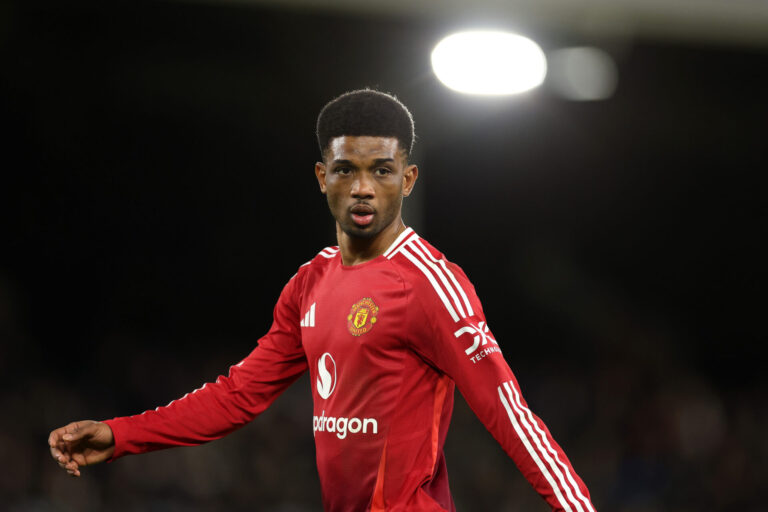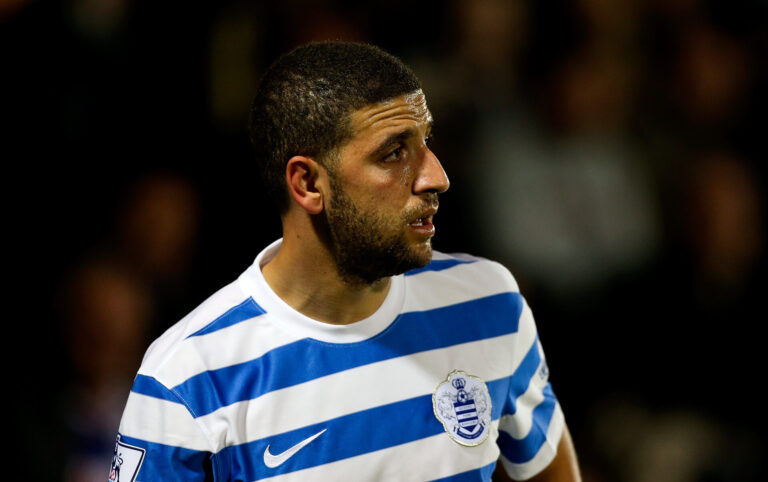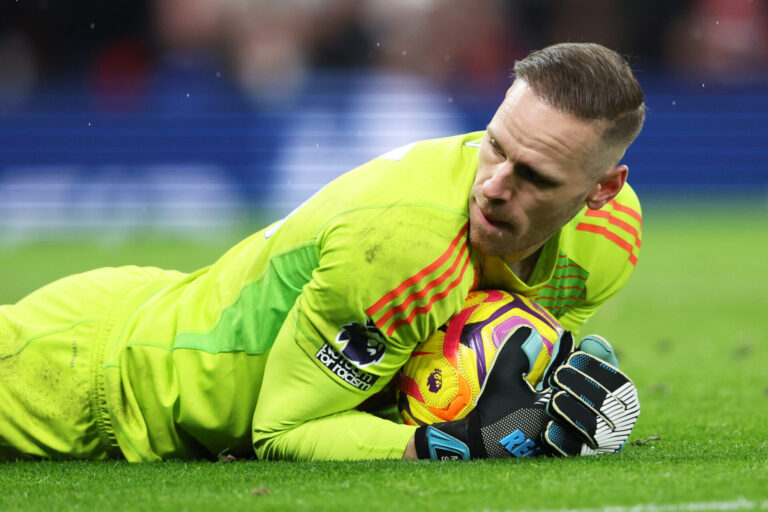Everton 0-2 Manchester City: How Guardiola Found a Late Answer to Save UCL Hopes
With just five games left of the 2024/25 season, each game comes with an added incentive. Manchester City are chasing the European places, and Everton are hoping to end their final season at Goodison on a high. Looking past the final result, this game was a clash of contrasting styles: Pep Guardiola’s possession-dominant football vs David Moyes’s more rigid counter-attacking style of play. There was a lot to analyse in this game, so let’s begin to unpack it.
The Pre-Match Context
Coming into the game, the Toffees are on a steady rise, showing significant improvement since the arrival of David Moyes. Thanks to their recent win over Nottingham Forest, amongst other results, Everton have risen to 13th place, keeping them well away from the threat of relegation for the first time in a few seasons.
Manchester City came into the game, perhaps needing a result more than Everton. The Citizens have not been their usual dominant selves, and instead of fighting for titles, they are in danger of missing out on Champions League football. This made this a vital game for Pep Guardiola’s side.
How the Teams Set-Up
Both teams adopted a 4-2-3-1 formation, with Manchester City fielding Stefan Ortega in goal and a defence comprising of O’Reilly, Gvardiol, Dias, and Matheus Nunes. Nico Gonzalez and Gundogan operated in the double pivot, while Savinho, Kevin De Bruyne, and Bernardo Silva played closer to the box, with Omar Marmoush leading the line as the lone striker.
Everton, also in a 4-2-3-1, had Jordan Pickford in goal and relied on a defensive lineup of O’Brien, Tarkowski, Branthwaite, and Mykolenko. Gueye and Garner formed the double pivot, with Ndiaye, Doucoure, and Harrison providing support behind Broja, the solitary striker.
While both managers utilised the same formation, their tactical approaches varied significantly. Moyes is known for his direct and counter-attacking style, underscoring defensive stability and quick transitions. He aimed to limit spaces for Manchester City, who thrive on possession-based football, high pressing, and exploiting wide areas.
The Analysis
The match began with a mid-block approach from Everton; fewer chances were created in the first 10 minutes of the game. Matheus Nunes had hit a low drive on target, though it was dealt with by Jordan Pickford, before Tarkowski’s glancing header from James Garner’s corner struck the right-hand post. Everton’s scoring opportunity brought City to life as Kevin De Bruyne’s curling left-footed attempt seemed destined for the bottom-left corner until Jake O’Brien stooped low to head it wide.
The blockage of De Bruyne’s shot opted for the use of the wide areas, as O’Reilly and Savinho posed challenges for Everton’s defence, while Kevin De Bruyne struggled to establish rhythm as both teams fought for control.
Everton successfully relied on a compact defensive shape and effective counter-attacks, with Doucouré and Harrison threats being curtailed by Ortega, although Manchester City’s back four remained strong.
Even with 67% possession, City faced moments of needed defensive awareness, as highlighted by Tarkowski and Broja’s efforts, which Gvardiol and Ruben Dias handled effectively. The first half, albeit goalless, showcased City’s patience in building from the back and adapting creatively to the tight space imposed by Everton’s approach.
The second half maintained a similar rhythm, with City effectively creating overloads in wide areas and exploiting openings within Everton’s defence. Everton’s backline appeared to tire as Gueye and Keane received yellow cards, a development that followed Tarkowski’s injury substitution.
In the 84th minute, Everton’s defensive discipline wavered when O’Reilly finally broke the deadlock, turning in a cross from Matheus Nunes with a low shot from six yards out. However, the eventual winning goal came from Kovacic, a substitute for Nico Gonzalez, who expertly finished after an assist from Gundogan, ensuring Manchester City took home three vital points.
However, here are some tactical keynotes City emphasised during the game.
City’s flanks and midfield exhibited improved intensity throughout the match. Noting the compact approach of Everton and the attempt to counter, Gundogan and Kevin De Bruyne linked well with Savinho, O’Reilly, Nunes and Bernardo, hitting the Everton flanks with low crosses and line-breaking passes.
Another pointer for this victory was Guardiola’s emphasis on quick transitions proved effective, with O’Reilly, Savinho, and Marmoush causing disruption despite the constrained space. Observing the changes of Tarkowski and Gueye caution by the referee; Guardiola’s deployment of his wide men proved futile as goals scored by Man City came from the flanks
City recognised Everton’s reliance on counter-attacks and it prompted Gvardiol and Ruben Dias to remain proactive in engaging with Doucoure, Mykolenko, and Broja, limiting their impact on opposition zones.
City’s methodical build-up play generated numerous opportunities, particularly following Tarkowski’s departure. Despite the defensive approach of the game, City remained fluid playing from the wings, dispersing their passes when the passing lane to the centre of the pitch was blocked.
The combination of Kevin De Bruyne and Gundogan provided a strong tempo in the second half, displaying their leadership.
Overall, it was a commendable performance for Manchester City. In contrast, while Everton’s low-block strategy provided some structure, it ultimately did not achieve the desired results.
This match serves as a reminder that football is dynamic and continually evolving, demanding adaptability and strategic innovation. It could perhaps also be an insight into how Manchester City approach the FA Cup semi-final against Nottingham Forest.


